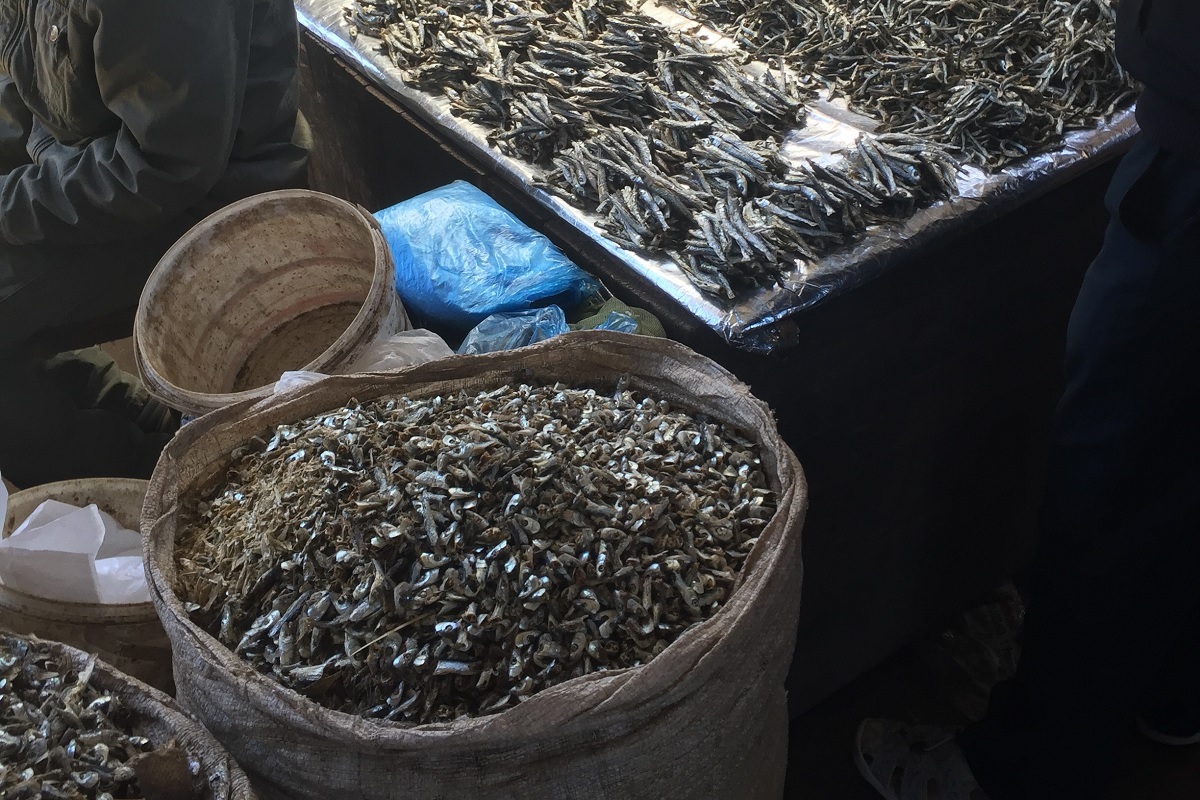
Over one million tonnes of small, whitebait-like fish are caught in the Great Lakes and rivers of eastern and central Africa each year. Small pelagic fish (SPF) are one of the best sources of micronutrients and essential vitamins, and they are affordable by the people most at risk of malnutrition and stunting. Known colloquially as Dagaa, Mukene, Usipa and Kapenta, large quantities of SPF are harvested, mainly by small-scale fishers, processed by small-scale processors and marketed through traditional market channels.
With increased pressure on larger species such as Tilapia and Nile Perch, the volumes of SPF available for harvest are increasing. However, it has been estimated that as much as 40% of SPF production is lost through postharvest losses, nutritional losses and alternative (less efficient) uses such as animal feed. This equates to around 400,000 tonnes of fish that are not reaching the plates of the people who need it to ensure their food and nutrition security.
NRI is working in partnership with the Lilongwe University of Agriculture and Natural Resources (LUANAR) and the CGIAR Center, WorldFish, to better understand the role of capture fisheries, and particularly SPF, in the food systems of the African Great Lakes region. By doing so, this collaboration aims to support enabling policy, appropriate investment and strengthened capacities which would ensure both the public and private sector are maximizing the contribution of SPF to human health and livelihoods – particularly for those who need it most.
Having completed the groundwork during the first stages of the CGIAR Research Program on Fish Agri-Food Systems (FISH), NRI, WorldFish and LUANAR have joined forces to appoint two post-doctoral research fellows and to provide two PhD scholarships. Colleagues from the three organisations, in close collaboration with other experts, organizations and initiatives, have begun detailed research and analysis along the complex SPF value chains in the Great Lakes region. Focusing first on inland fisheries and the small fish species that constitute the majority of catches, the research aims to address the complexities of land use and governance of fisheries, examining aquaculture inputs derived from capture fisheries.
In collaboration with the Australian National University, the team will further develop and refine the WorldFish ‘Fish Sector Model’ to generate projections relevant to smaller regional and national scales. National and regional trade analyses of the African Great Lakes region and fish trade corridor will allow the team to examine how domestic and intraregional trade affects capture fisheries production, resource exploitation and the distribution of livelihood and nutrition benefits of fish.
Using quantitative fisheries and demography research, the team will examine changes in productivity, ecological status and the income and nutritional status of men, women and children reliant on SPF. The study will also focus on the value chains of dried small fish, which are especially important because of their high nutritional value, affordability and accessibility to poor consumers in remote regions far from the source of production.
It is envisaged that the research will allow the team to make recommendations to change policy and practice, thus reducing post-harvest losses, maximizing economic contribution and realizing the full nutritional potential of the superfood that is small pelagic fish.
Links: John Linton's profile | LUANAR | WorldFish | CGIAR Research Program on Fish Agri-Food Systems: FISH

